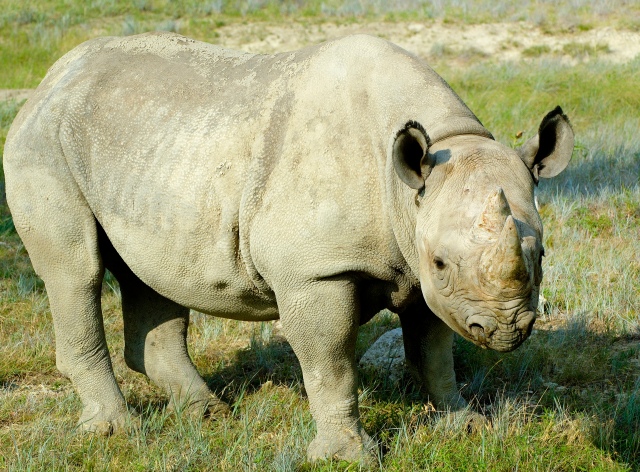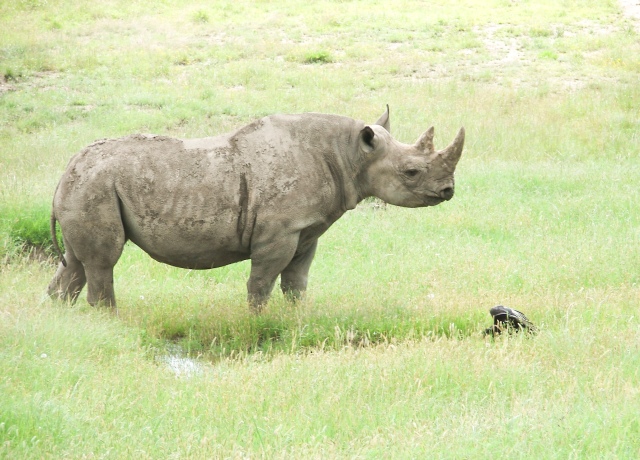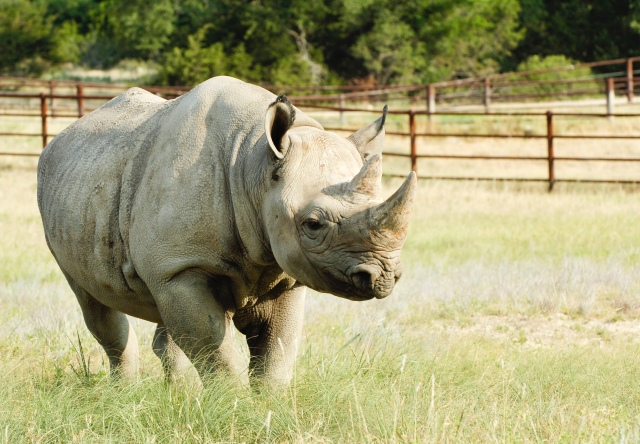The actions we take today affect the animals that are here tomorrow.



Captive rhino managers in the United States and Australia combined resources and approached the government of Zimbabwe with the idea of bringing ten rhinos to the United States and ten rhinos to Australia as an assurance population against the extinction of the species in Zimbabwe. Fossil Rim was an instrumental player in the formation of the International Black Rhino Foundation (now called the International Rhino Foundation—and focusing on all rhino species), which had the mission of capturing, transporting and managing southern black rhinos ex situ (outside of their normal range,
usually meaning captive management). There were several months of negotiations—field experts thought they had about 2500 black rhinos in Zimbabwe and they felt they could save the species without needing to send them out. Ultimately, during the capture process, it was determined there were less than 500 at the time, and it was imperative that some go into captive management programs.

In April of 1992 ten rhinos were flown into Houston Airport and were met by staff of Fossil Rim, Houston Zoo, White Oak Conservation Center and a couple of private facilities that were also major players in the formation of the IRF. The animals travelled from Zimbabwe with one of their vets, as well as Fossil Rim’s vet. At the airport we processed the animals and put them onto trucks heading to their final destinations. Fossil Rim acquired four of the ten animals and this was the beginning of our breeding program. At the same time, Australia was receiving their ten animals. Everything went very well on both continents.
In 1994, Fossil Rim was involved with reproductive ultrasonography in both the black and white rhinos and we were able to document, for the first time, the normal estrous cycle of both species of rhinos, and we were able to determine pregnancy (at only 15 days) and follow a normal pregnancy from conception to birth. These were landmark studies, and they also helped us manage the collection better.
read more
No comments:
Post a Comment